Month: July 2021
-
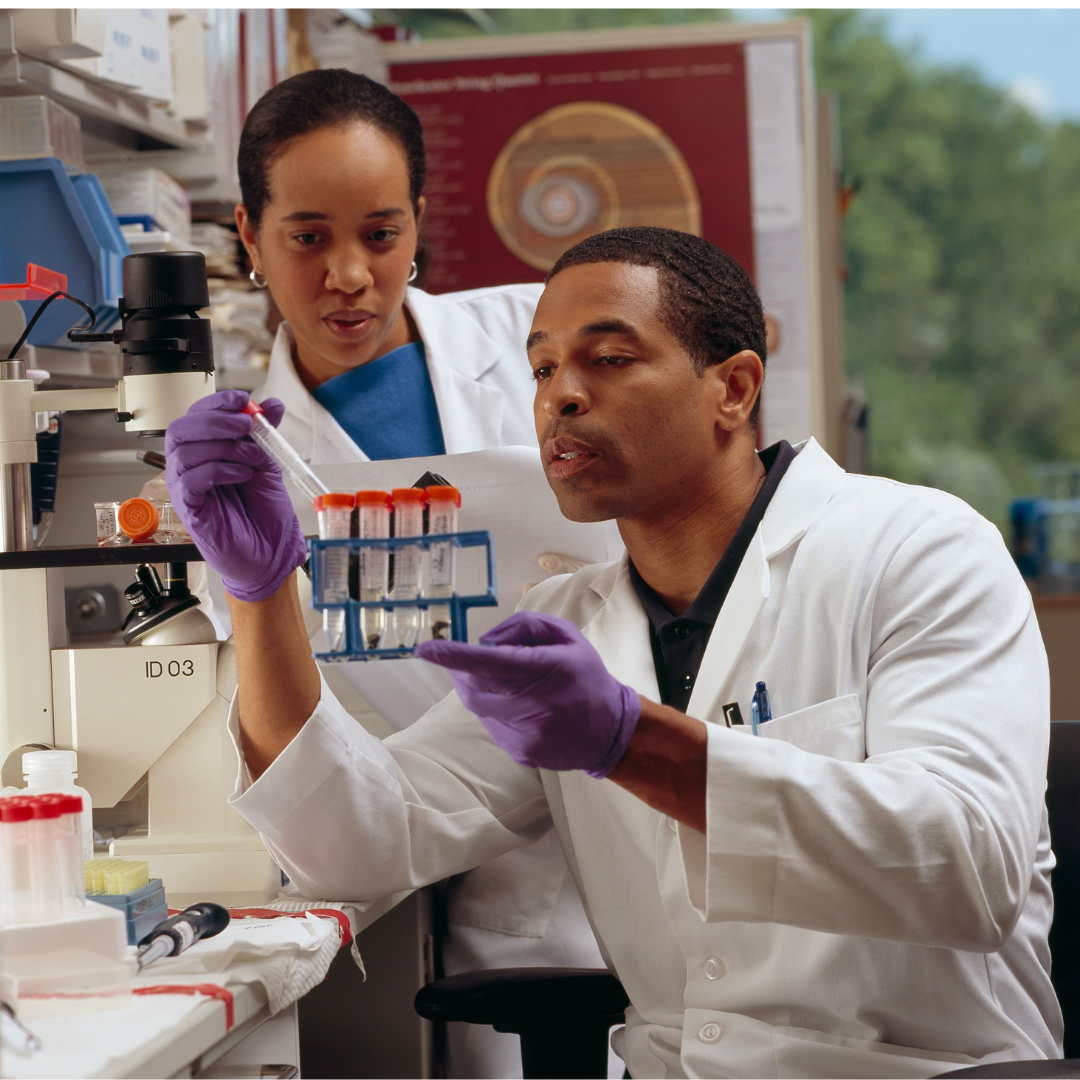
COVID-19 Infection May Increase Risk of New-Onset Diabetes
Scientists are still trying to understand the different ways that the SARS-CoV-2, or COVID-19, virus affects the body both in the short and long term. As more studies are conducted, […]
-
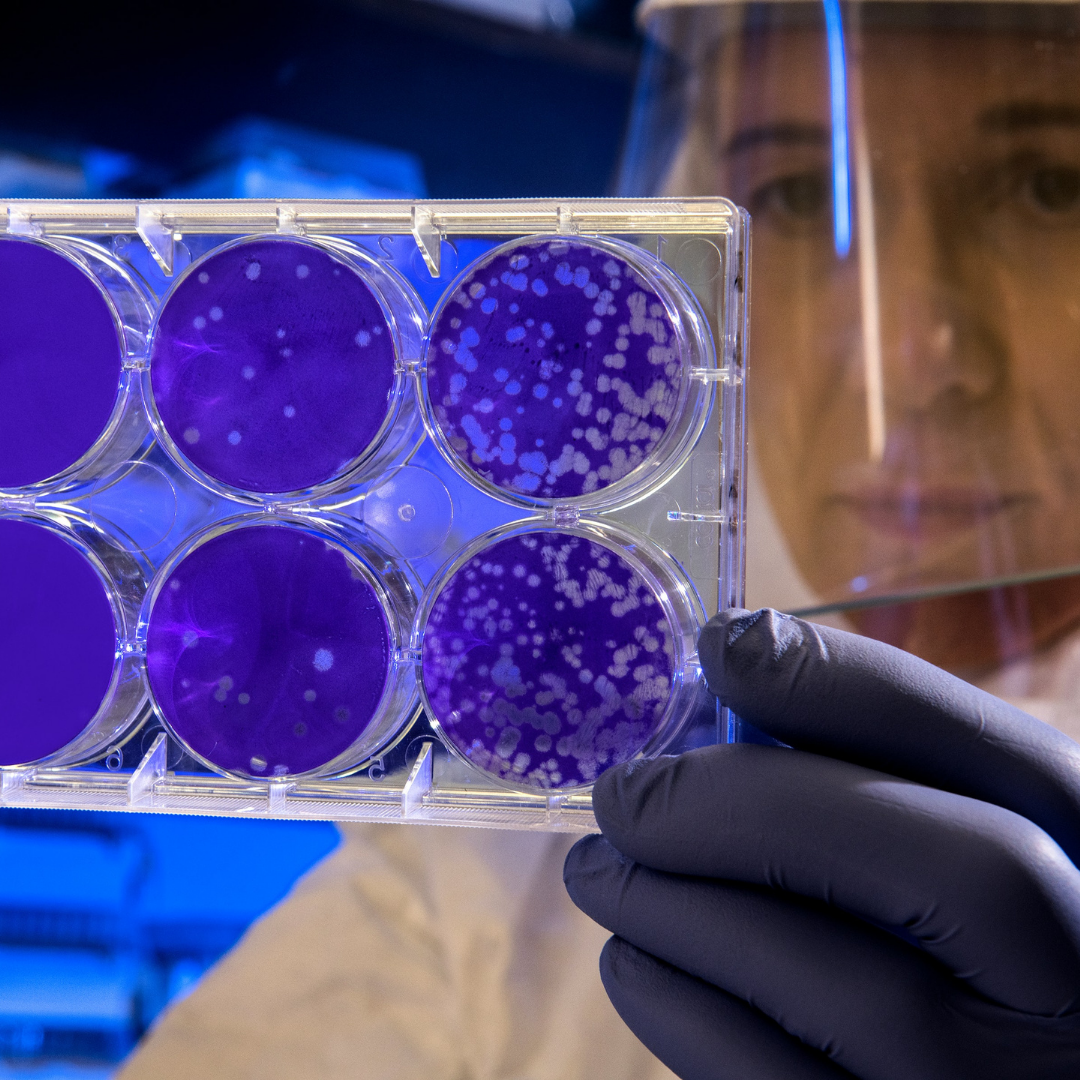
Exploring Potential Links Between COVID-19 and Diabetes
As the coronavirus pandemic persists, scientists continue to learn more about SARS-CoV-2, commonly known as COVID-19. One area of interest is how the virus may affect beta cells within the […]
-
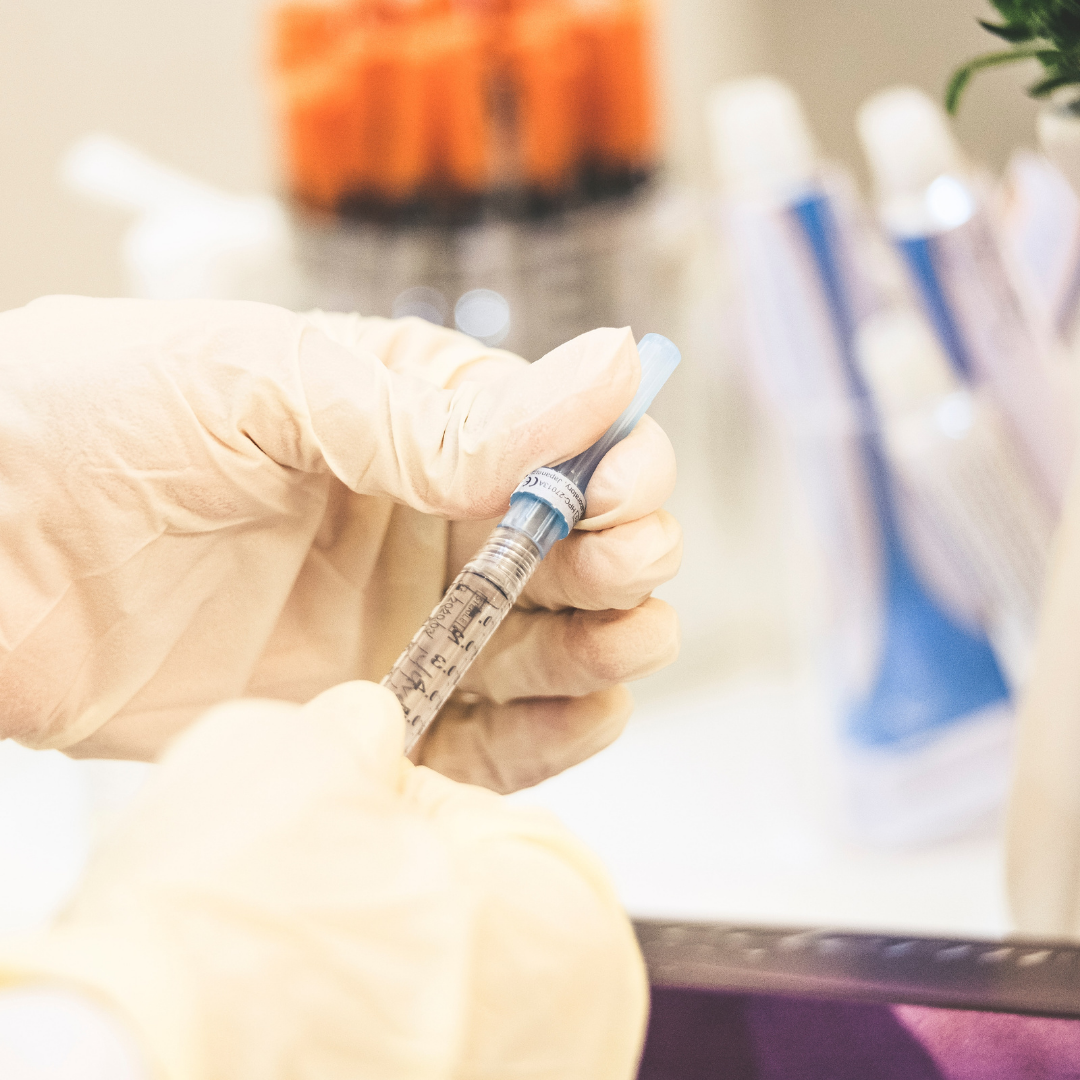
Diabetes Vaccine May Help Preserve Insulin Production
Scientists have created vaccines for many different diseases, from polio to chickenpox to the flu, and now they are in the process of developing one for type 1 diabetes (T1D). T1D develops […]
-
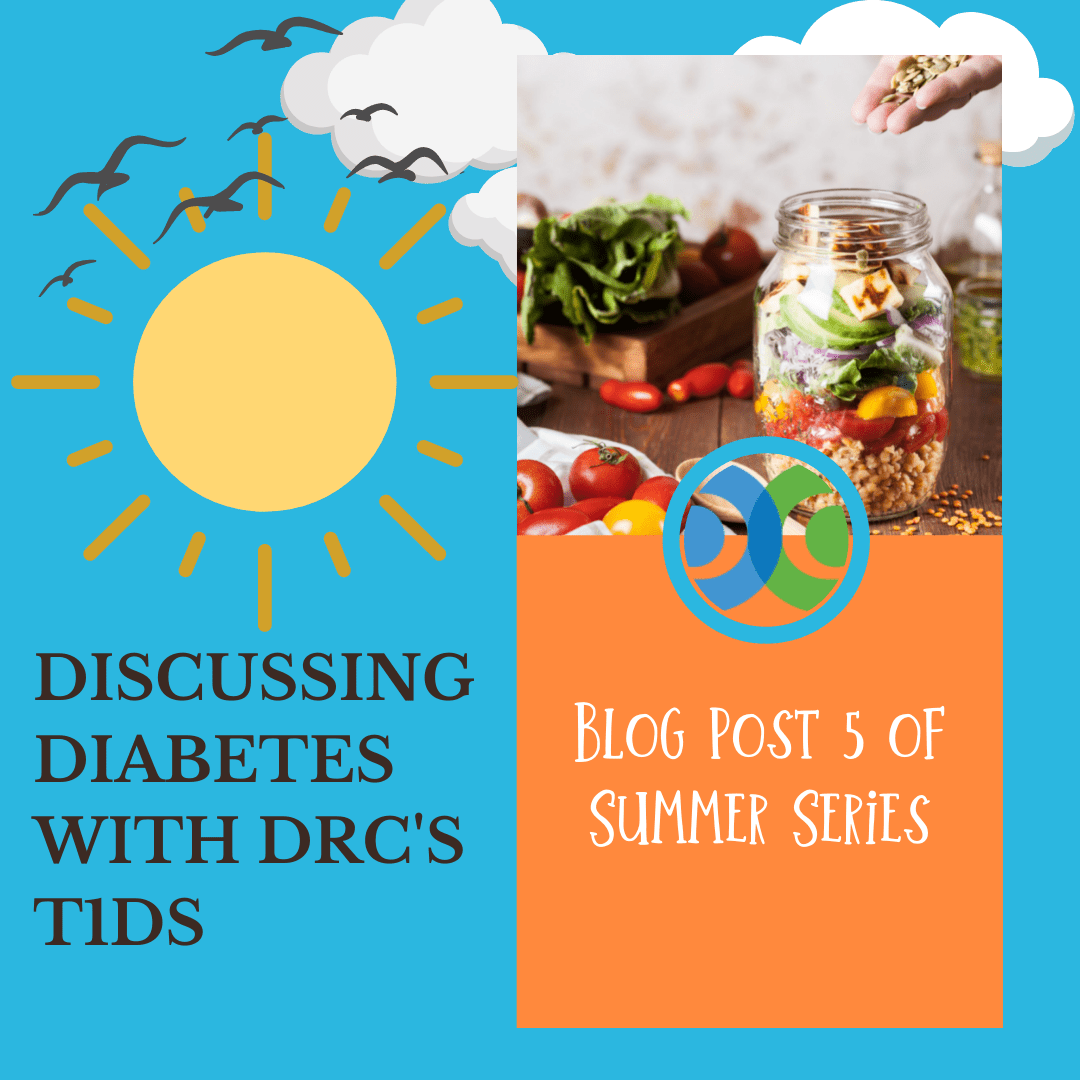
Discussing Diabetes with DRC’s T1Ds: Blog Post 5 of Summer 2021 Series
Packing meals for outdoor day trips can be a challenge, and like with everything else, even more so when doing it with Type 1 Diabetes. The food and container have […]
-
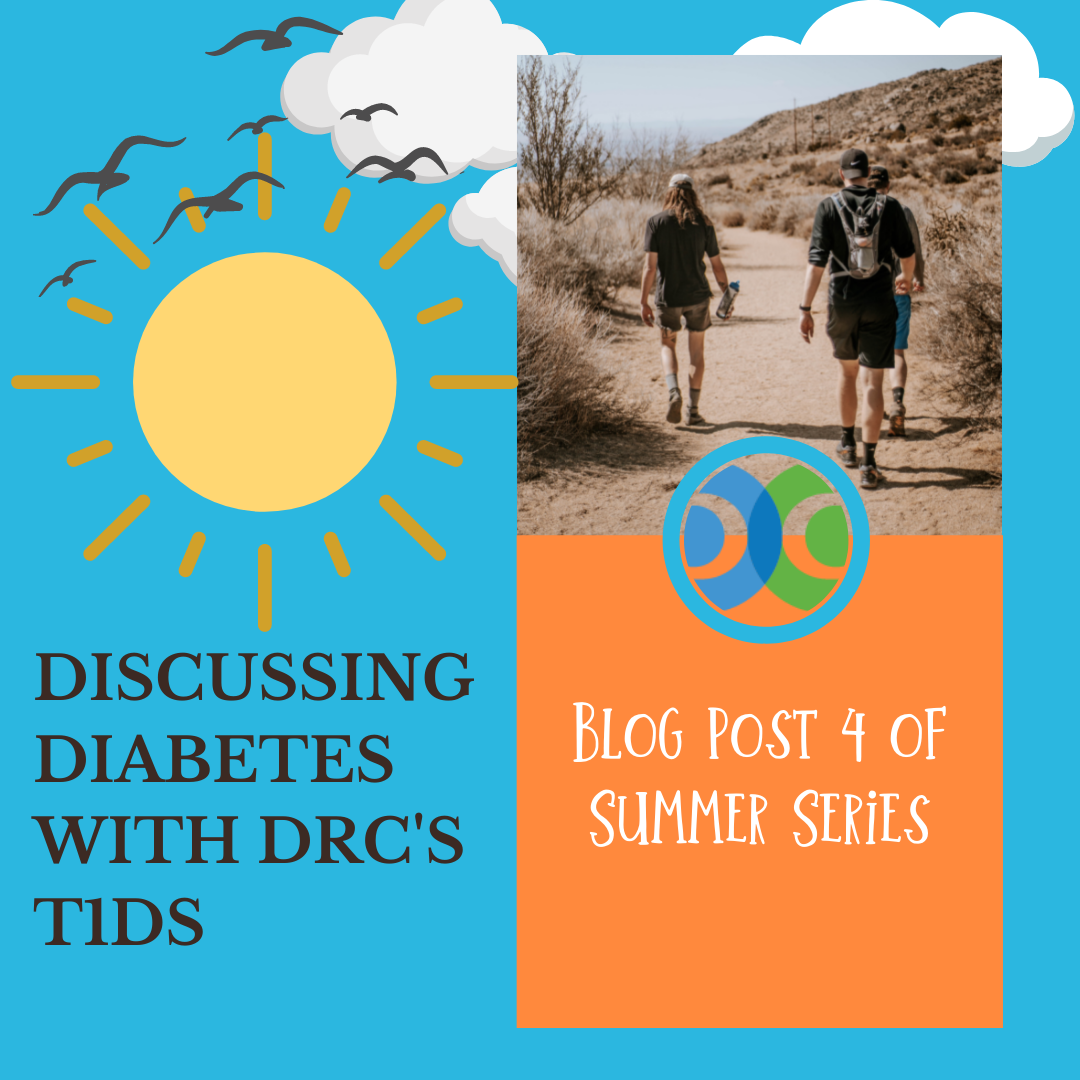
Discussing Diabetes with DRC’s T1Ds: Blog Post 4 of Summer 2021 Series
It’s officially summer! As the world seems to be hotter than ever, and life goes back to a new normal with social activities commencing, it can be surprisingly easy to […]
-

I support Diabetes Research Connection’s innovative and transparent method!
“As a type 1 diabetic for nearly 30 years, I support Diabetes Research Connection’s innovative and transparent method of directly funding researchers whose novel approaches may lead to a reduction […]
-

Discussing Diabetes with DRC’s T1Ds: Blog Post 3 of Summer 2021 Series
Summertime meals are all about freshness, flavor, and fun. This grilled spiced salmon salad with avocado cucumber salsa by Sylvia Fountaine is a perfect dish for a hot summer day. […]
